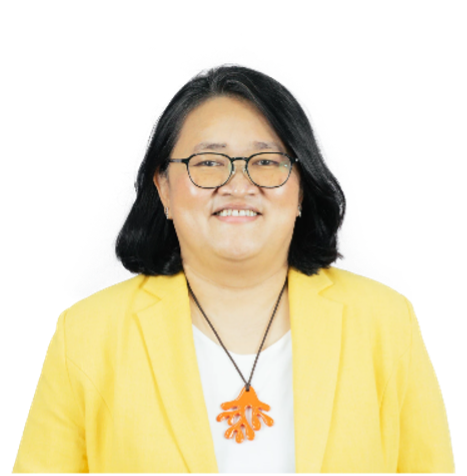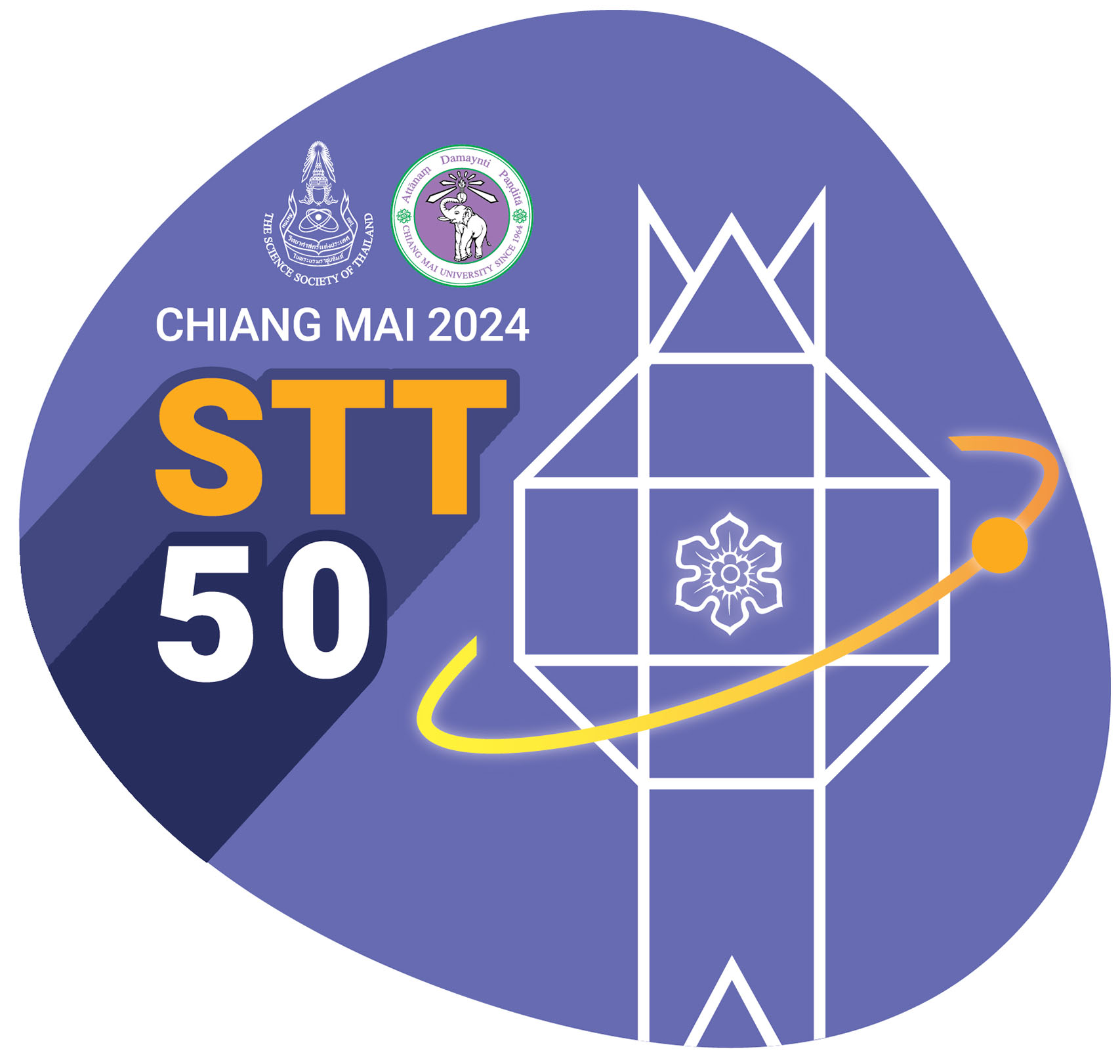Symposiums

SYMPOSIUM Sp1-Multi-Messenger Astronomy, Cosmic Rays And Space Weather Impacts
[ARTICLE SUBMISSION IS NOT AVAILABLE FOR THIS SYMPOSIUM]
Chair: Asst. Prof. Dr. Siramas Komonjinda
Co-Chair: Asst. Prof. Dr. Suwicha Wannawichian
Co-Chair: Asst. Prof. Dr. Waraporn nuntiyakul
Co-Chair: Dr. Achara Seripienlert
Multi-Messenger Astronomy involves studying celestial phenomena using various signals, including electromagnetic radiation, cosmic rays, neutrinos, and gravitational waves. By analyzing data from these messengers, scientists can gain a comprehensive understanding of cosmic events like supernovae, black hole mergers, and neutron star collisions.
Cosmic Rays are high-energy particles, primarily protons and atomic nuclei, that travel through space at nearly the speed of light. They originate from sources such as supernova remnants and active galactic nuclei, providing insights into particle acceleration processes and magnetic fields in the universe. Studying cosmic rays helps understand the composition and dynamics of galaxies and beyond.
Space Weather refers to dynamic conditions in space influenced by the Sun's activity, generating events like solar flares and coronal mass ejections. These events can disrupt Earth's magnetosphere and ionosphere, impacting satellite communications, GPS navigation, power grids, and endangering astronauts and spacecraft. Understanding and predicting space weather are crucial for safeguarding technological infrastructure and space missions. Bringing together these three areas—multi-messenger astronomy, cosmic rays, and space weather impacts—provides a holistic perspective on the interconnectedness of astrophysical processes and their effects on our solar system and beyond. Research in this field involves observations from ground-based and space-based telescopes, particle detectors, and space weather monitoring instruments, as well as theoretical modelling and data analysis techniques. Collaboration among astronomers, astrophysicists, space physicists, and engineers is essential for advancing our understanding of the universe and mitigating the impacts of space weather on society. It would bring together researchers and experts from various disciplines to discuss recent advancements, challenges, and opportunities in understanding cosmic phenomena and their effects on space weather.

SYMPOSIUM Sp2-Biomaterials And Medical Devices
Chair: Assoc. Prof. Dr. Winita Punyodom
Co-Chair: Dr. Robert Molloy
Co-Chair: Assoc. Prof. Dr. Sarawut Kumphune
Similarly, medical devices are also used in a wide range of applications ranging from common medical operations such as bandaging a sprained ankle to diagnosing HIV/AIDS and artificial hip replacement. Medical devices include any instrument, apparatus, machine, appliance, implant, or other related product that is intended for use in a medical application. The medical device industry is currently one of the most high-potential sectors in Thailand.
Since it covers a wide area, this symposium aims to showcase just a few of the interesting developments in biomaterials and medical devices taking place in Thailand at the present time. It is hoped that it will attract the attention of both scientists and technologists alike.
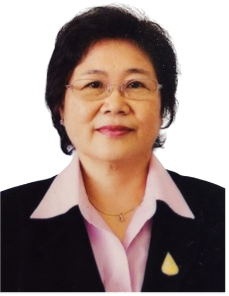
SYMPOSIUM Sp3-Microbial Diversity And Sustainable Utilization
Chair: Emeritus Prof. Dr. Saisamorn Lumyong
Co-Chair: Assoc. Prof. Dr. Wasu Pathom-aree
Co-Chair: Dr. Nakarin Suwannarach
Co-Chair: Dr. Jaturong Kumla
Co-Chair: Dr. Sirasit Srinuanpan
Selected peer-reviewed papers from the work presented in this symposium will be published in the Special Issue of Chiang Mai Journal of Science Q4 (2023, Scopus).
Microbial diversity encompasses a wide range of microorganisms, including archaea, bacteria, fungi, microalgae, protists, and viruses, which can be found in various habitats, including terrestrial, aquatic, atmospheric, living hosts, and extreme environments. Different kinds of microorganisms are distinguished by their different characteristics of cellular metabolism, physiology, and morphology, by their various ecological distributions and activities, and by their distinct genomic structure, expression, and evolution. Nowadays, the question of how many microbial species actually exist is indisputably important. Additionally, microbial diversity is essential for maintaining ecosystem function and stability. Microorganisms also produce bioactive compounds, enzymes, and secondary metabolites of biotechnological importance for industrial and commercial applications, as well as for environmentally friendly agricultural processes. After two decades, microorganisms continue to be promising sources of various applications in agriculture, biotechnology, and medicine. “Microbial Diversity and Sustainable Utilization” delves into the current knowledge of microbial diversity, genetics, taxonomy, and distribution across the globe and various environments. Moreover, this includes the findings in applications, utilization, and conservation of targeted microorganisms for future sustainability. This symposium will provide valuable scientific contributions to the existing understanding of microbial taxonomy and diversity. Furthermore, it will also promote future research collaboration and contribute to consolidating and expanding the knowledge of both current and future microbial applications and utilization.
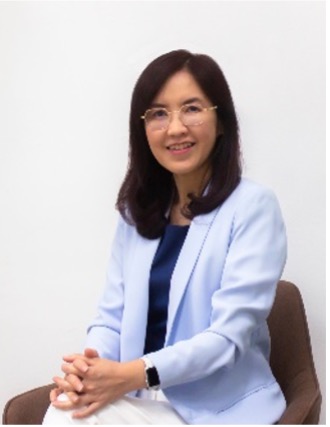
SYMPOSIUM Sp4-Challenges And Opportunities In Climate And Environmental Changes
Chair: Assoc. Prof. Dr. Somporn Chantara
Co-Chair: Assoc. Prof. Dr. Jaroon Jakmunee
Co-Chair: Assoc. Prof. Dr. Alice Sharp
Co-Chair: Asst. Prof. Dr. Pumis Thuptimdang
Co-Chair: Prof. Dr. Wanida Jinsart
Co-Chair: Asst. Prof. Dr. Kullapa Chanawanno
Co-Chair: Dr. Nattawut Sareein
Co-Chair: Dr. Nuttipon Yabueng
Co-Chair: Dr. Supattarachai Saksakulkrai
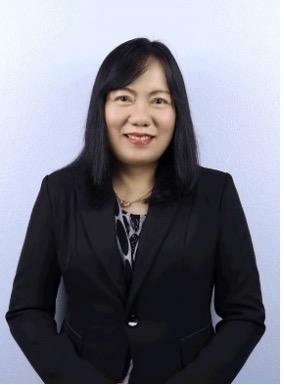
SYMPOSIUM Sp5-Data Science And Data Privacy
[ORAL PRESENTATION ONLY]
Chair: Asst. Prof. Dr. Phimphaka Taninpong
Co-Chair: Asst. Prof. Dr. Jakramate Bootkrajang
Despite the technical advancement, less attention was paid to the issues associated with the right to decide when, how and to what extent an analysis can be performed on one's own data. This is particularly concerning for sensitive data such as medical records, social network usage or web-browsing history, to name a few.
The main aim of this symposium is to bring together researchers, practitioners, policy makers to discuss the challenges in data privacy and to share their ideas for privacy-preserving data science.
We would like to encourage work in the form of abstract or full paper that counters the issues of data privacy in data science. Topics of interest include (but are not limited to) the following:
- Privacy-preserving data storage, including data anonymization, data retention, and data access policies
- Data minimization
- Privacy-preserving data analytic algorithms
- Theoretical advances in machine unlearning
- Federated machine learning, differential privacy, Peer-2-Peer federated learning.

SYMPOSIUM Sp6-Quantum Science And Technology
[ARTICLE SUBMISSION IS NOT AVAILABLE FOR THIS SYMPOSIUM]
Chair: Asst. Prof. Dr. Narupon Chattrapiban
Co-Chair: Dr. Nithiwadee Thaicharoen

SYMPOSIUM Sp7-Cement And Concrete: Science, Technology And Applications Towards Green And Sustainable Future
Chair: Prof. Dr. Arnon Chaipanich
Co-Chair: Assoc. Prof. Dr. Kedsarin Pimraksa
Co-Chair: Assoc. Prof. Dr. Pitiwat Wattanachai
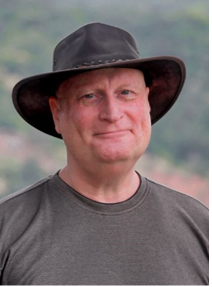
SYMPOSIUM Sp8-The Science Of Restoring Tropical Forest Ecosystems: 30 Years Of Progress And Beyond
Chair: Assoc. Prof. Dr. Stephen Elliott
Co-Chair: Asst. Prof. Dr. Sutthathorn Chairuangsri
Co-Chair: Asst. Prof. Dr. Dia Shannon
Co-Chair: Asst. Prof. Dr. Pimonrat Tiansawat
In the afternoon, we will explore how recent advances in technologies might be used to improve the scientific basis of global initiatives that employ forest restoration as a nature-based contribution to climate-change mitigation. Guest speaker Kate Hardwick from the Royal Botanic Gardens, Kew will review the need for more seed banks to upscale restoration, whilst Maxime Réjou-Méchain, from the French National Research Institute for Sustainable Development, will discuss how high-resolution remote sensing can contribute to restoration monitoring. The symposium will conclude with audience participation, to prioritize future research needs and thus assist prospective graduate students with research-topic selection. A poster session may also be included. A post-symposium social event, to celebrate the 30th anniversary of Chiang Mai University’s Forest Restoration Research Unit, is planned.
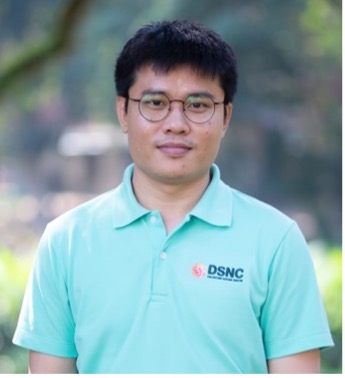
SYMPOSIUM Sp9-Generative Ai: An Emerging Ai Technology
[ORAL PRESENTATION ONLY]
Chair: Asst. Prof. Dr. Papangkorn Inkeaw
Co-Chair: Asst. Prof. Dr. Jakramate Bootkrajang
This symposium aims to bring together researchers from academia and the industry to cross-pollinate ideas, facilitate collaboration, and expand the breadth and reach of generative AI methodology, algorithms, and applications. It also aims to serve as a venue for discussing the impacts of generative AI on society. We would like to encourage work in the form of abstract or full paper that explore the following topics of interest, which include (but are not limited to):
- New generative AI techniques
- Large language model and its applications.
- Applications of generative AI in various domains.
- Managing the impacts of generative AI to society
- Computational resources and infrastructure for generative AI
Submissions are solicited for oral presentation at the symposium. The author guidance and paper format of the main conference should be followed. All submissions will be peer-reviewed, and the papers accepted for the workshop will be included in the conference proceeding.
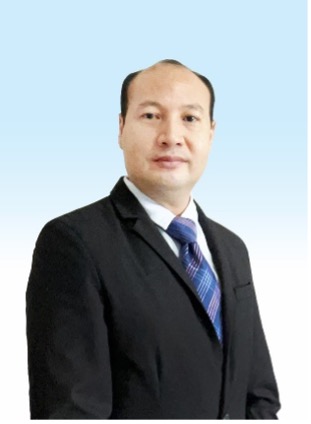
SYMPOSIUM Sp10-University - Industry Research Collaboration
Chair: Asst. Prof. Dr. Worapong Thiemsorn
Co-Chair: Assoc. Prof. Dr. Prasert Reubroycharoen
Co-Chair: Asst. Prof. Dr. Datchanee Pattavarakorn
Co-Chair: Asst. Prof. Dr. Jomkhwan Meerak
Key figures from various sectors participate in this event, interesting topics such as novel materials, green processing, environmental safety, industrial/agricultural sustainable development, health and medical approaches, foods, waste circulation and cutting-edge research areas are discussed. The symposium aims to facilitate breakthroughs in research, support technological advancements, and contribute to balanced industrial development, ultimately benefiting both local and international communities.
This symposium offers valuable opportunities for students, researchers, and professionals to learn from experts, network with industry leaders, and contribute to the development of sustainable innovations in their respective fields. Selected peer-reviewed papers from the work presented in this symposium will be published in the proceeding of STT50.
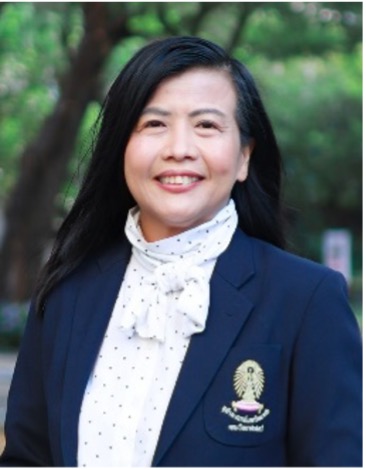
SYMPOSIUM Sp11-X-Ray Crystallography
Chair: Prof. Dr. Nongnuj Muangsin
Co-Chair: Assoc. Prof. Dr. Kuakarun Krusong
Co-Chair: Assoc. Prof. Dr. Kittipong Chainok
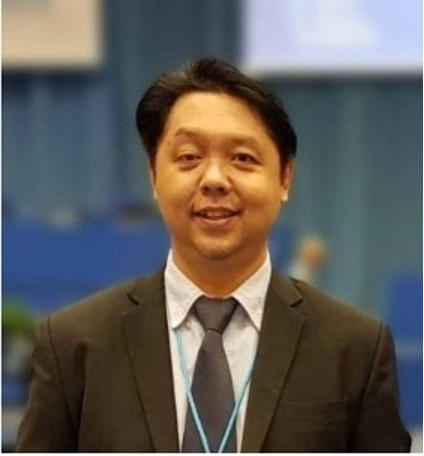
SYMPOSIUM Sp12-Radioecology And Environmental Radioactivity
Chair: Dr. Yutthana Tumnoi
Co-Chair: Dr. Wipada Ngansom
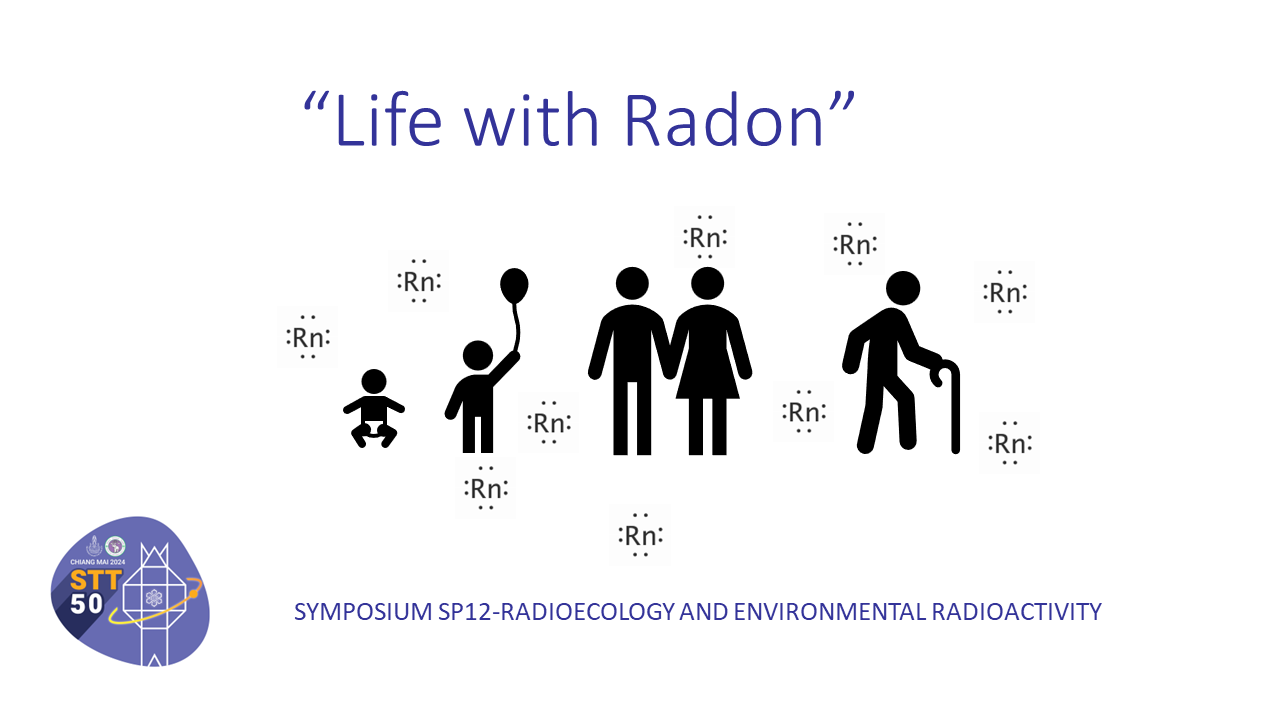
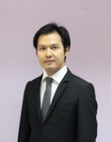
SYMPOSIUM Sp13-Harnessing Digital Science And Engineering For Environmental Sustainability
Chair: Asst. Prof. Dr. Teerawat Sema
Co-Chair: Prof. Dr. Benjapon Chalermsinsuwan
Co-Chair: Dr. Prathana Nimmanterdwong
Co-Chair: Dr. Ratchanon Piemjaiswang
"Harnessing Digital Science and Engineering for Environmental Sustainability" delves into the cutting-edge applications of digital technologies across environmental sectors. We'll examine innovative solutions in areas included, but not limited to: renewable energy, smart waste management, climate mitigation technology, sustainable policy and planning, and emerging pollution. The symposium will feature keynote addresses, panel discussions, and presentations illuminating the power of digital solutions.
This symposium is designed for researchers, industry professionals, policymakers, students, and all those dedicated to environmental progress. Whether you're a data scientist, engineer, sustainability expert, or simply passionate about the planet, this event will provide an enriching platform to learn, collaborate, and discover new pathways to a greener future.
Selected peer-reviewed papers from the work presented in this symposium will be published in the special issue of Applied Environmental Research. Q3 (2023, Scopus)
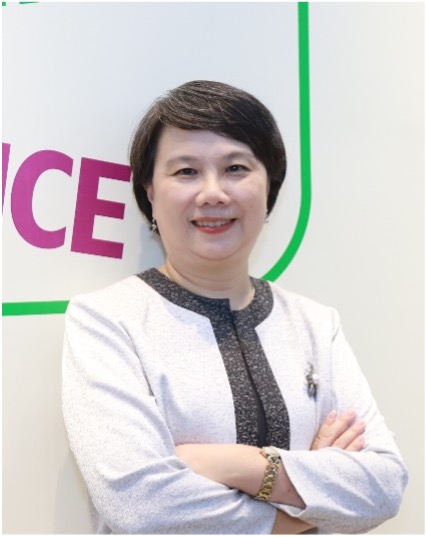
SYMPOSIUM Sp14-Science Communication And Science Literacy
Chair: Dr. Ganigar Chen
Co-Chair: Dr. Cho Sook – Kyoung
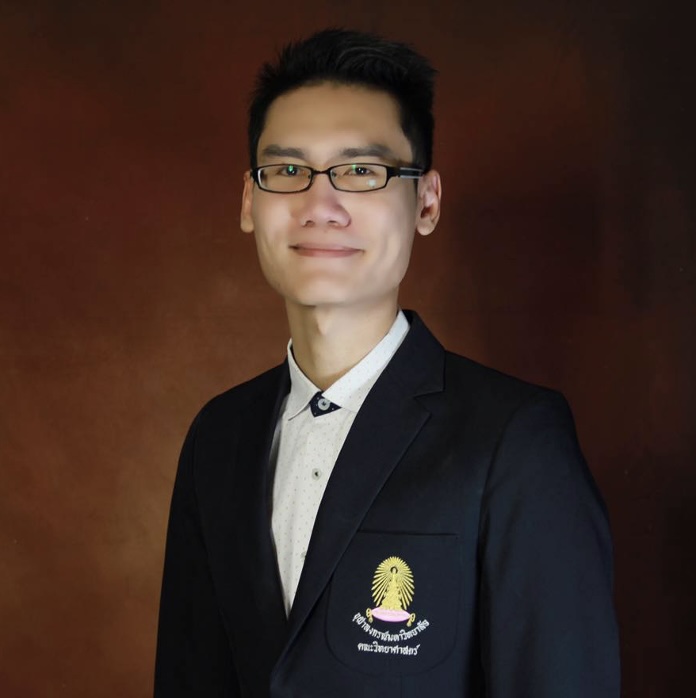
SYMPOSIUM Sp15-Young Rising Stars Of Science 2024 (Yrss) & Junior Young Rising Stars Of Science Award 2024 (Jyrss)
Chair: Assoc. Prof. Dr. Kitipong Assatarakul
Co-Chair: Asst. Prof. Dr. Pakawan Puangsombat
Co-Chair: Asst. Prof. Dr. Jeeraporn Pekkoh
Co-Chair: Asst. Prof. Dr. Parkpoom Phetpradap
Co-Chair: Dr. Pumidech Puthongkham
